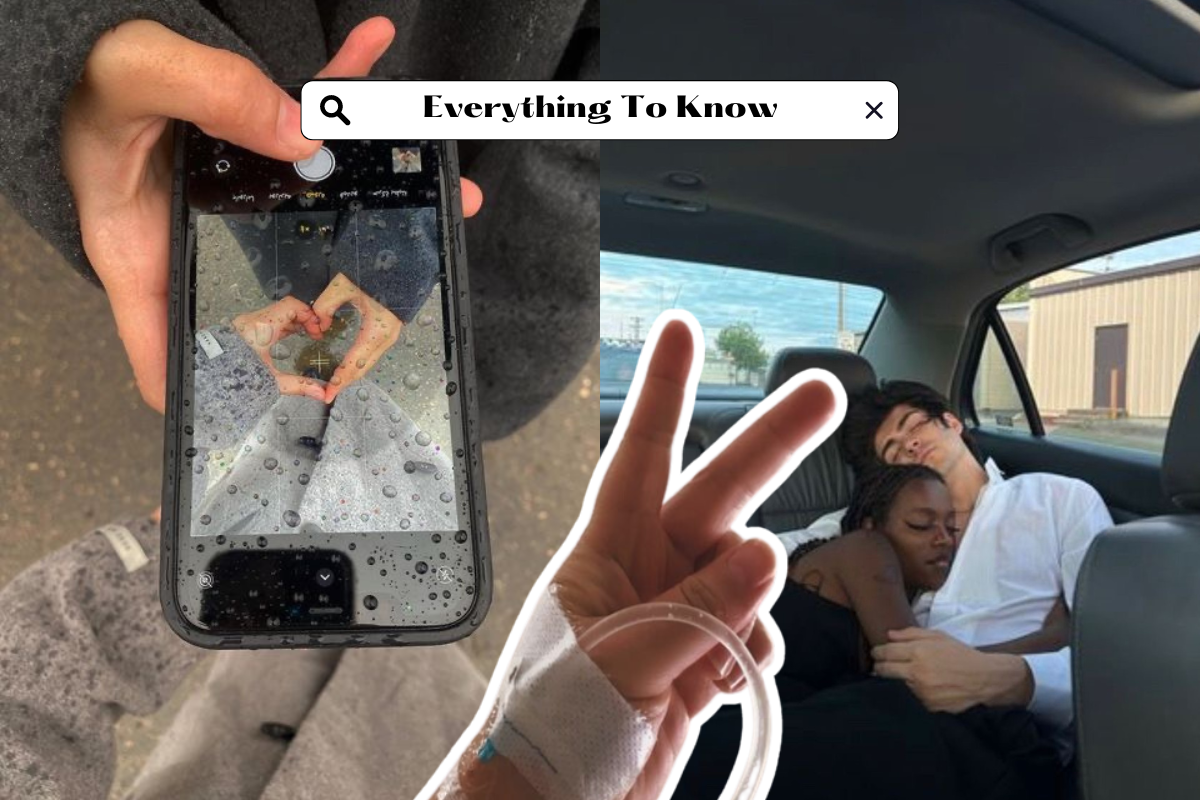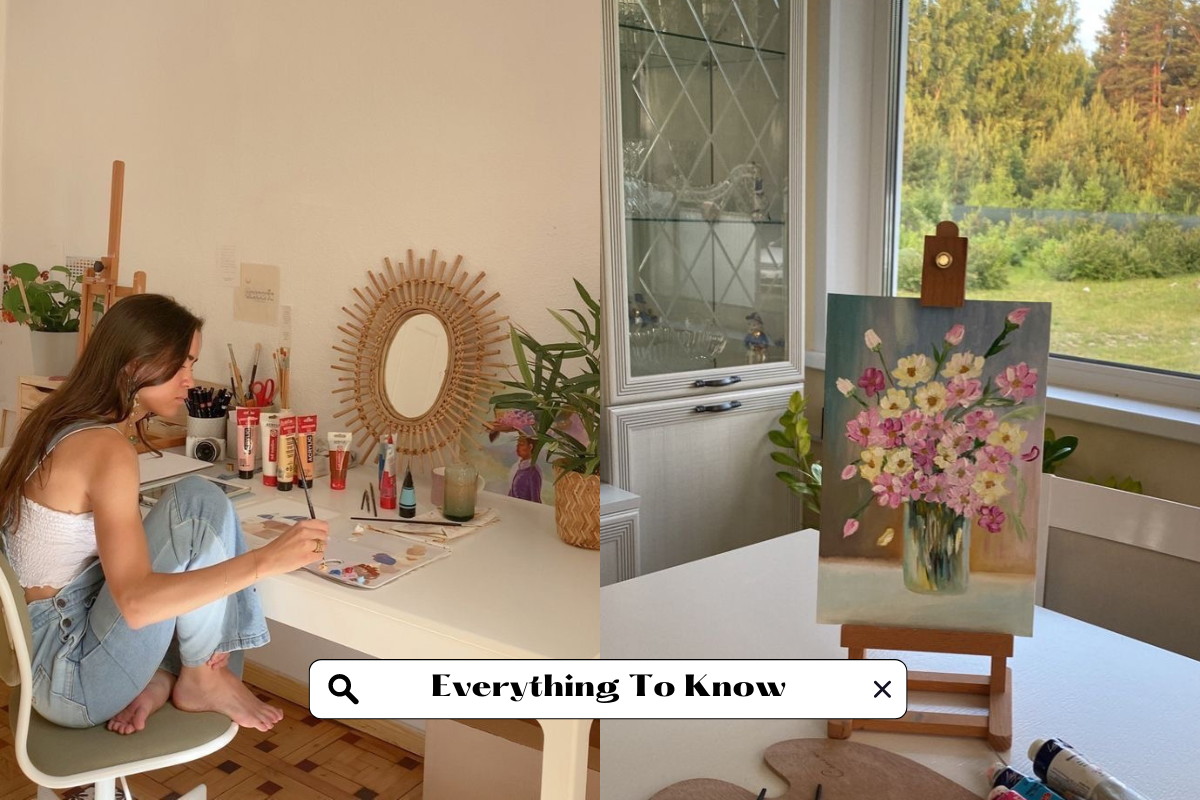I’ve tried every gluten-free bread out there, from store-bought loaves that crumble on the first bite to fancy recipes requiring a pantry full of strange ingredients. The truth is, making gluten-free bread at home doesn’t have to be complicated or disappointing. A simple gluten free bread recipe with just a few everyday ingredients can give you soft, fluffy bread that holds together perfectly and tastes amazing.
Gluten-free baking can feel intimidating at first. But with the right techniques and a little patience, it’s possible to enjoy fresh bread that’s crusty on the outside and tender inside—without gluten or dairy. Whether she wants a quick loaf for sandwiches or something to toast on lazy weekend mornings, a good gluten free recipe can become her new go-to.
If she’s tired of bread that falls apart or tastes like cardboard, this recipe will change the game. It’s easy enough for beginners and flexible enough for anyone to make at home with no fancy tools. Baking gluten free bread just got a whole lot more inviting.
Ingredients & Tools
Ingredients are the heart of any good gluten-free bread. She will need a mix of gluten-free flours like rice flour, sorghum flour, or potato starch. These give the bread a light, soft texture without making it too dense or crumbly.
Don’t forget the binder! Xanthan gum or guar gum is often added to help hold everything together since there’s no gluten. A little sugar or honey can sweeten the dough just right, and yeast helps it rise for that fluffy loaf everyone loves.
She’ll use standard kitchen tools too. A mixing bowl, a whisk or spoon for stirring, and a loaf pan or baking sheet all work. Some recipes call for a bread machine or a stand mixer with a paddle attachment, but a simple setup works fine to start.
Measuring cups and spoons are must-haves since gluten-free baking is all about precision. And if she wants that golden crust, a sharp kitchen scissors or a lame to score the dough helps steam escape and looks professional.
Finally, patience is an unsung tool here. Gluten-free dough can be stickier or slower to rise, so having a little extra time ready makes a big difference.
Step-By-Step Gluten Free Bread Recipe Guide
She starts by gathering all her ingredients, making sure she has the right gluten-free bread flour. This usually includes a mix of rice flour, tapioca starch, and xanthan gum, which works like glue to hold everything together. Without gluten, this step is key to get that perfect texture.
Next, she mixes the dry ingredients with wet ones—usually eggs, water, oil, and a little sugar to feed the yeast. Yeast is her best friend here because it helps the bread rise and get that light, fluffy feel instead of a dense brick.
After mixing, it’s time for the dough to rest and rise. She covers the bowl with a warm towel and waits about an hour. This patience pays off when the dough doubles in size and she knows it’s ready for the oven.
She preheats her oven to around 375°F (190°C), then carefully scoops the dough into a greased loaf pan. Baking usually takes about 35-45 minutes. The smell alone is worth the wait!
Once the bread is out, she lets it cool completely before slicing. This step stops the bread from getting gummy inside. She finds that storing it wrapped in a cloth or freezing it helps keep it fresh and soft for days.
| Step | What to Do |
|---|---|
| Mix ingredients | Combine flours, xanthan gum, eggs, wet ingredients |
| Rise dough | Let it rest covered for 1 hour |
| Bake | Bake at 375°F for 35-45 minutes |
| Cool & Store | Cool fully, then wrap or freeze |
Three Legit Gluten Free Bread Recipes
Gluten-free baking can be just as delicious and satisfying as the real deal. These recipes cover a classic yeasted loaf, a sweet banana bread, and a quick almond-flour option for those watching carbs. Each one has a unique twist to fit different tastes and lifestyles.
Classic Yeasted Gluten-Free Sandwich Bread
This bread is perfect for sandwich lovers who miss that soft, fluffy texture. It uses a mix of gluten-free flours like rice and tapioca, plus xanthan gum to give it some stretch. Yeast adds that rise and the chewy texture that gluten usually provides.
The dough needs some patience—let it rise twice to get the best shape and flavor. Baking it in a loaf pan helps keep that classic sandwich shape. Once cooled, the bread slices cleanly, making it great for everyday use.
Gluten-Free Banana Bread
Banana bread gets a gluten-free glow-up with this recipe. Ripe bananas add natural sweetness and moisture, so you don’t need a ton of sugar. The flour blend usually includes almond flour or oat flour to give a tender crumb.
It’s a quick bread, so no yeast here—just baking powder or baking soda for a rise. The texture is dense but soft, perfect for breakfast or an afternoon snack. Mixing in walnuts or chocolate chips can take this to a whole new level.
Almond-Flour No-Yeast Quick Bread (Low-Carb Option)
This is the go-to for anyone looking to skip yeast and lower carbs. Almond flour provides healthy fats and protein while keeping the texture moist and slightly crumbly. Baking soda or powder helps it puff up a little.
It’s fast to mix and bake, which makes it perfect for busy days. The flavor is mildly nutty, and you can add herbs or spices like rosemary or cinnamon depending on your mood. This bread pairs well with savory spreads or sweet toppings alike.
Quick Tips For Better Gluten-Free Bread
Baking gluten-free bread can feel like the dating scene—all about finding the right match. The key is to use a good gluten-free flour mix that often includes xanthan gum. This little binder plays the role of a reliable partner, holding everything together so the bread doesn’t fall apart.
Next, don’t skip the yeast—even though gluten is out, yeast still gives that lovely rise and fluffy texture. But here’s the catch: gluten-free dough is usually wetter and stickier, so adding a bit more moisture with things like applesauce or extra eggs can help keep the bread soft and springy.
Timing matters, too. Just like you can’t rush a good relationship, you can’t rush bread rising. Gluten-free dough often needs longer rising times or even a second rise to get that soft, bready feel instead of a dense, sad loaf.
Lastly, don’t be shy about the crust. Using a pan with a lid or adding steam in the oven helps create a crisp crust, which contrasts beautifully with the soft inside. It’s like the perfect little jacket for your bread—cuddly on the inside, a bit crunchy on the outside.
Quick checklist for better bread:
| Tip | Why It Helps |
|---|---|
| Use gluten-free flour + xanthan gum | Keeps bread from crumbling |
| Add extra moisture | Prevents dryness |
| Allow longer rising times | Gives good texture and rise |
| Bake with steam or cover | Creates a crisp crust |
With these tips, gluten-free bread stops feeling like a complicated dating profile and more like something you actually look forward to.
Conclusion — Which To Try First
Choosing a gluten-free bread recipe can feel like dating around, honestly. She might want something soft and fluffy that slices well for sandwiches, like that easy recipe with an egg-free option. It’s like meeting someone who’s low-maintenance but still impresses at brunch.
If he’s craving texture and a bit more crunch, the rustic homemade loaf with a crispy crust and chewy inside is a good first date. It’s got character and will remind him of Italian ciabatta—but gluten-free style.
For those just starting out, a beginner-friendly recipe that skips the dry, crumbly disasters is a safer bet. It’s like a solid first impression: simple, reliable, and makes you want a second slice.
Here’s a quick cheat sheet for which bread to try based on mood:
| Mood | Bread Style | Why It Works |
|---|---|---|
| Fluffy, soft, sandwich-ready | Soft, dairy-free, egg-free options | Lightweight and easy to slice |
| Rustic, chewy, full of flavor | Crispy crust, open crumb | Reminds you of classic artisan bread |
| Beginner, no-fail, simple | Soft and moist, no dry texture | Great for learning and confidence |
Like dating, it’s about what feels right for the moment. And let’s be honest, a second slice rarely disappoints.
Frequently Asked Questions
Gluten-free bread baking often leads to a handful of common questions about ingredients, tools, and texture. Knowing the basics can help anyone whip up soft, tasty bread that feels just right, even without all the usual baking gear or fancy flours.
What are the essential ingredients I need to bake a yummy gluten-free bread at home?
She needs a good gluten-free flour blend, usually one with xanthan gum to help hold the bread together. Eggs or egg substitutes are important for structure and moisture. Baking powder or yeast, salt, oil, and a sweetener like honey or sugar round out the essentials.
How can I make gluten-free bread if I don’t have a bread machine?
They can mix the dough by hand or with a stand mixer. Gluten-free dough looks more like batter—thick but pourable, so no kneading needed. Baking in a standard loaf pan in a regular oven works just fine, just follow the recipe’s rising and baking times closely.
Can you suggest a simple gluten free bread recipe for beginners?
Start simple with a recipe using basic ingredients: gluten-free flour, eggs, baking powder, oil, and a bit of sugar. Mix it into a batter, pour into a greased loaf pan, and bake at 350°F for about 45-50 minutes. No yeast, no complicated steps, just soft, fluffy bread you can slice and enjoy.
What’s the secret to getting the perfect texture in gluten-free bread?
The trick is balancing moisture and binding agents. Using xanthan gum or psyllium husk helps keep the crumb soft but stable. Don’t overmix, and be patient with rising times—even if the dough seems more like batter, it needs time to develop flavor and texture.
Are there any nutritious and healthy gluten-free bread recipes out there?
Yes! Recipes that use whole grain gluten-free flours like brown rice or sorghum, combined with seeds like flax or chia, boost fiber and nutrition. Avoiding too much sugar and using olive oil instead of butter can make the bread healthier without sacrificing taste.
Is it possible to make delicious gluten-free bread without using yeast?
Absolutely. Many recipes use baking powder or baking soda instead of yeast to get a light, fluffy loaf faster. This is perfect for those sensitive to yeast or in a hurry since it skips the long rising times but still delivers a soft texture.





